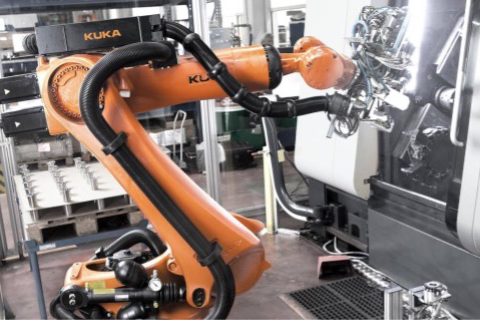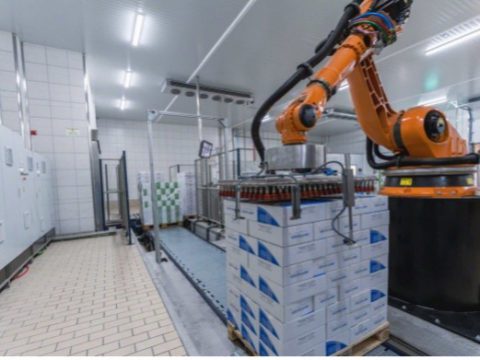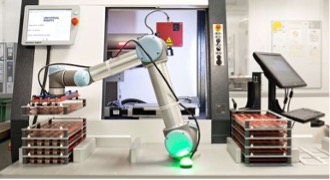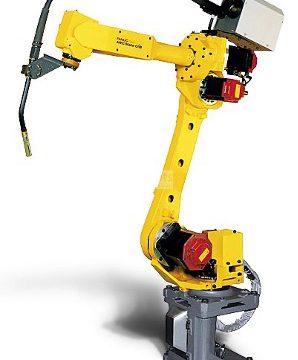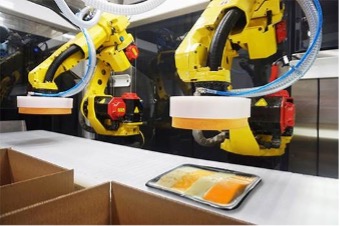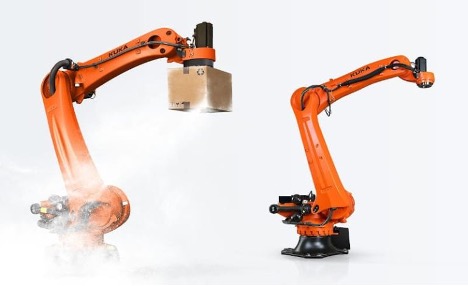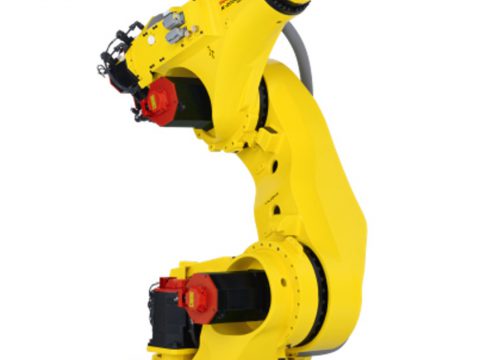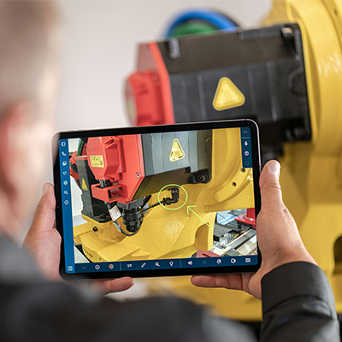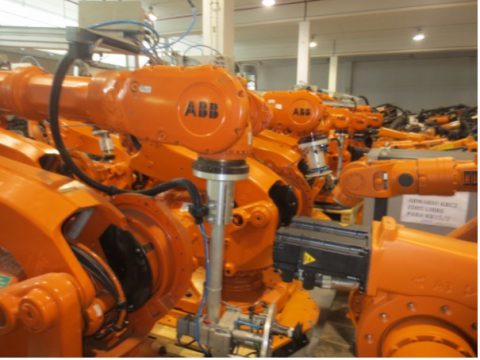THE PRODUCTIVITY OF YOUR MACHINE TOOLS INCREASES SIGNIFICANTLY WITH ROBOT-BASED AUTOMATION.
It can keep up with the ever-increasing quality demands on machined workpieces through the use of automation. At the same time, you maintain flexibility in the ever-shortening gaps between technical advances. Productivity gains will allow you to effectively combat the ongoing price slump, without sacrificing quality. Even the tightest deadlines can be met with ease

